Exploring the Historical Origins of the April 2015 Unrest
Nearly a year after the April 2015 uprising, the 21st Century Cities Initiative launched the ‘Redlining Baltimore’ series, a forum to better understand geographies of exclusion in Baltimore City. The four-part series, which was hosted by actress and activist Sonja Sohn, brought residents, academics, artists, activists and civil leaders together to examine the historical and contextual origins of the events of April 2015 and to discuss the ways in which 21st century American cities can work to overcome legacies of discrimination and segregation.
Through discussion that included academic research, policy and advocacy perspectives, and art, community members explored the multidimensionality of redlining: what it’s like to grow up in historically redlined neighborhoods, Baltimore’s public health crises, inclusive development and wealth creation, and how to move forward as an inclusive city.
Chris Wilson, founder of social enterprise Barclay Investment Corporation, spoke of his experience growing up surrounded by poverty, drug addiction and violence. “My mustache had just grown in and people were telling me I had to die in prison,” he said, describing what it was like to receive a life sentence at the age of 17.
Panelists also brought attention to the “chronic and enduring” public health impacts of redlining. Baltimore City Health Department’s Chief Policy and Engagement Officer, Sonia Sarkar, highlighted the twenty-year life expectancy gap in Baltimore City. She explained that the average life expectancy in certain Baltimore neighborhoods is actually lower than the average life expectancy in developing countries like Rwanda and Nepal.
During the conversation on inclusive development and wealth creation, Diane Bell-McKoy, president and CEO at Associated Black Charities, said that part of the problem is realizing that investment in the city “will not lift all boats.” Targeted investment, though, could greatly benefit the city. According to a projection from Bell-McKoy’s foundation, a “renaissance of wealth in the African American community in Baltimore” could result in a $3.3 billion revenue increase for the city.
While ‘Redlining Baltimore’ was an event intended to spark conversation, there were also strong calls for action throughout the series. “This moment has given us the opportunity to have really serious conversations about race, about racism, about classism,” said Lester Spence, a professor at Johns Hopkins University. “But our game is not to talk,” he added. Radio show host and activist Marc Steiner told the crowd, “We have to start making a completely different model about how this city could work.”
The Redlining Baltimore series was hosted by the 21st Century Cities Initiative (21CC), a new organization at Johns Hopkins University, which brings together researchers and thought leaders to spark and test innovative approaches to urban challenges. The Redlining Baltimore series, 21CC’s inaugural discussion forum, represents the first of what will be many community discussions focused on new ideas, research, and solutions to challenges facing Baltimore and other cities.
Please check back for future events.




